Medieval manuscripts are not only valuable historical documents but also works of art that showcase the skill and creativity of their creators. One of the most striking features of these manuscripts is their illumination, which refers to the decoration of the text with intricate designs, illustrations, and vibrant colours. In this article, we will explore the art and skill of illumination in medieval manuscripts, focusing on its history, techniques, and significance.
The History of Illumination
Illumination has a long history that dates back to ancient civilisations such as the Egyptians and Romans. However, it reached its peak during the medieval period, particularly in Europe. Monks and scribes painstakingly decorated manuscripts with gold leaf, vibrant pigments, and intricate designs to create visually stunning works of art.
Techniques of Illumination
The process of illumination was a meticulous and time-consuming task that required great skill and precision. Scribes would first prepare the parchment or vellum by smoothing it and ruling the lines for the text. Then, they would add the text using ink made from natural materials such as oak galls and iron salts.
- Gold leaf was often used to highlight important passages or initials, adding a touch of luxury to the manuscript.
- Illustrations were created using a variety of techniques, including painting, calligraphy, and gilding.
- Colours were made from natural sources such as plants, minerals, and insects, resulting in a rich and vibrant palette.
Significance of Illumination
Medieval manuscripts were not only functional documents but also symbols of wealth, power, and religious devotion. The intricate designs and vibrant colours of illuminated manuscripts were meant to glorify the text and enhance its spiritual significance. They were often commissioned by wealthy patrons or religious institutions to showcase their piety and prestige.
Examples of Illuminated Manuscripts
One of the most famous examples of illuminated manuscripts is the Book of Kells, a masterpiece of medieval art created by monks in Ireland around the 9th century. The manuscript features intricate designs, vibrant colours, and elaborate initials that showcase the skill and creativity of its creators.
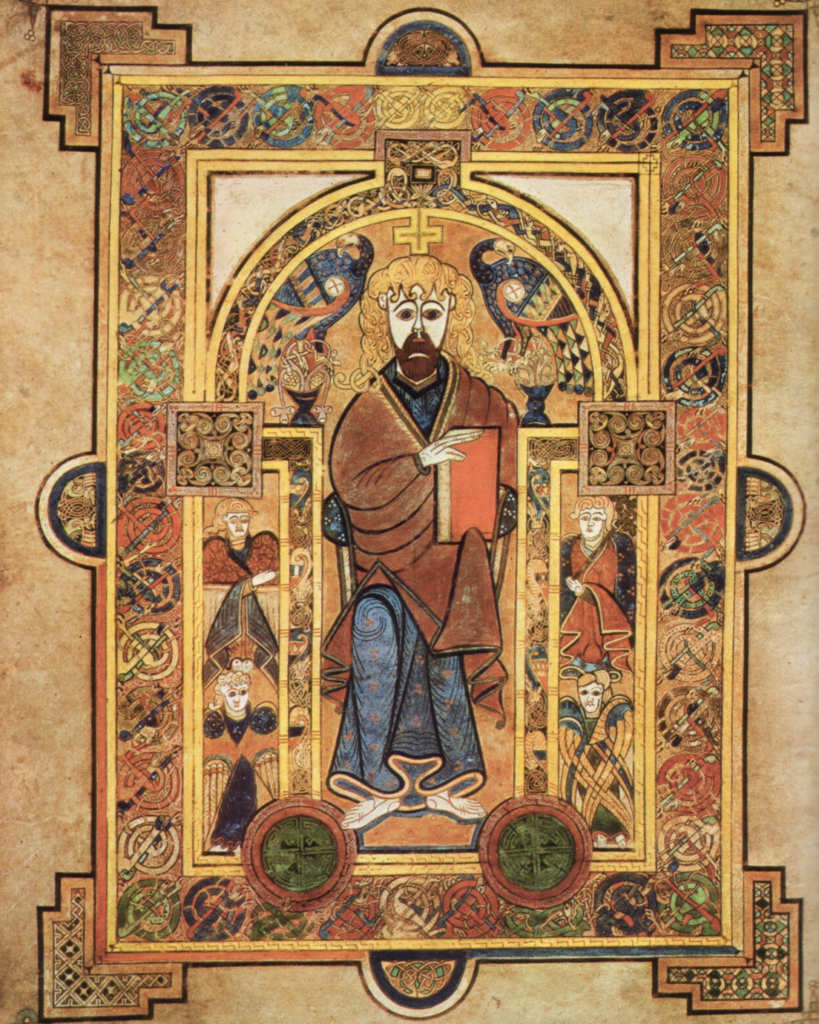
Medieval manuscripts are not only historical documents but also works of art that highlight the artistry and skill of their creators. Illumination, with its intricate designs, vibrant colours, and gold leaf accents, played a crucial role in transforming these manuscripts into visually stunning masterpieces. The history, techniques, and significance of illumination in medieval manuscripts provide valuable insights into the art and culture of the time.
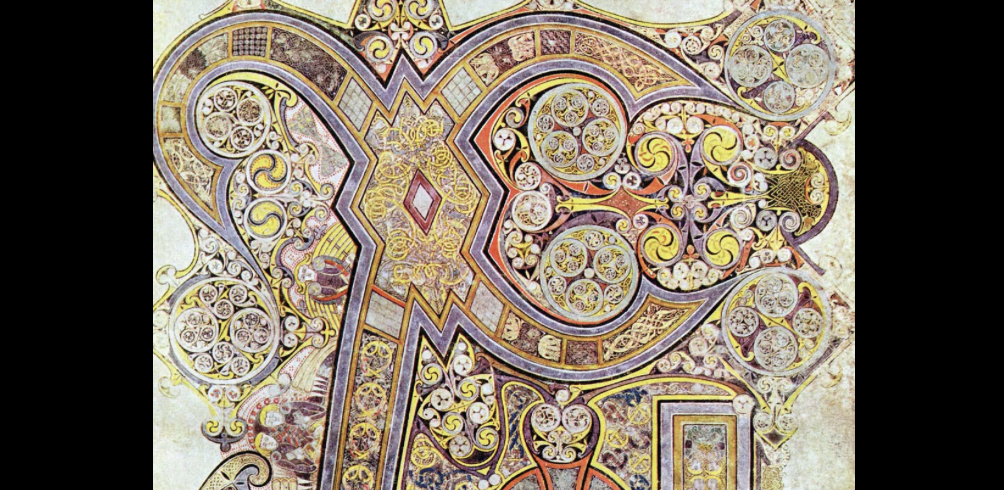
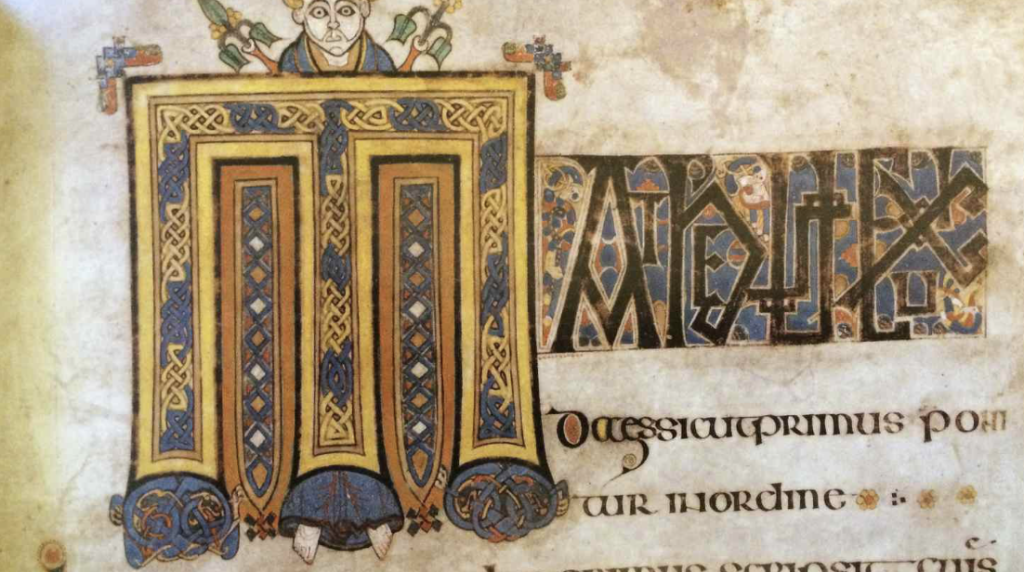
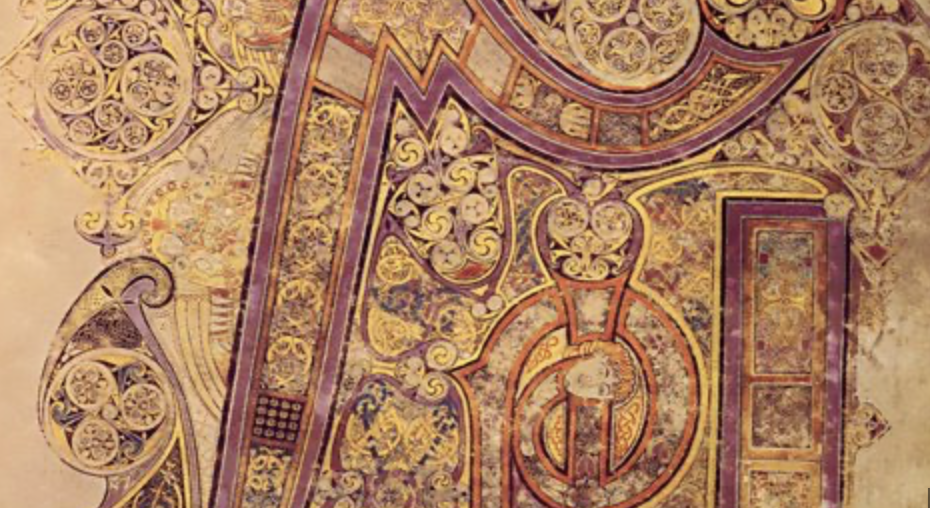

















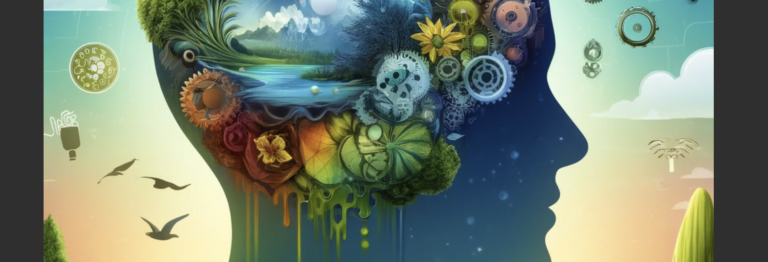


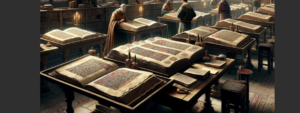








+ There are no comments
Add yours